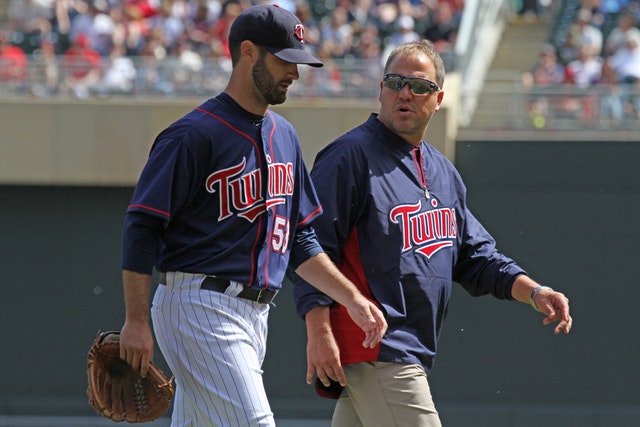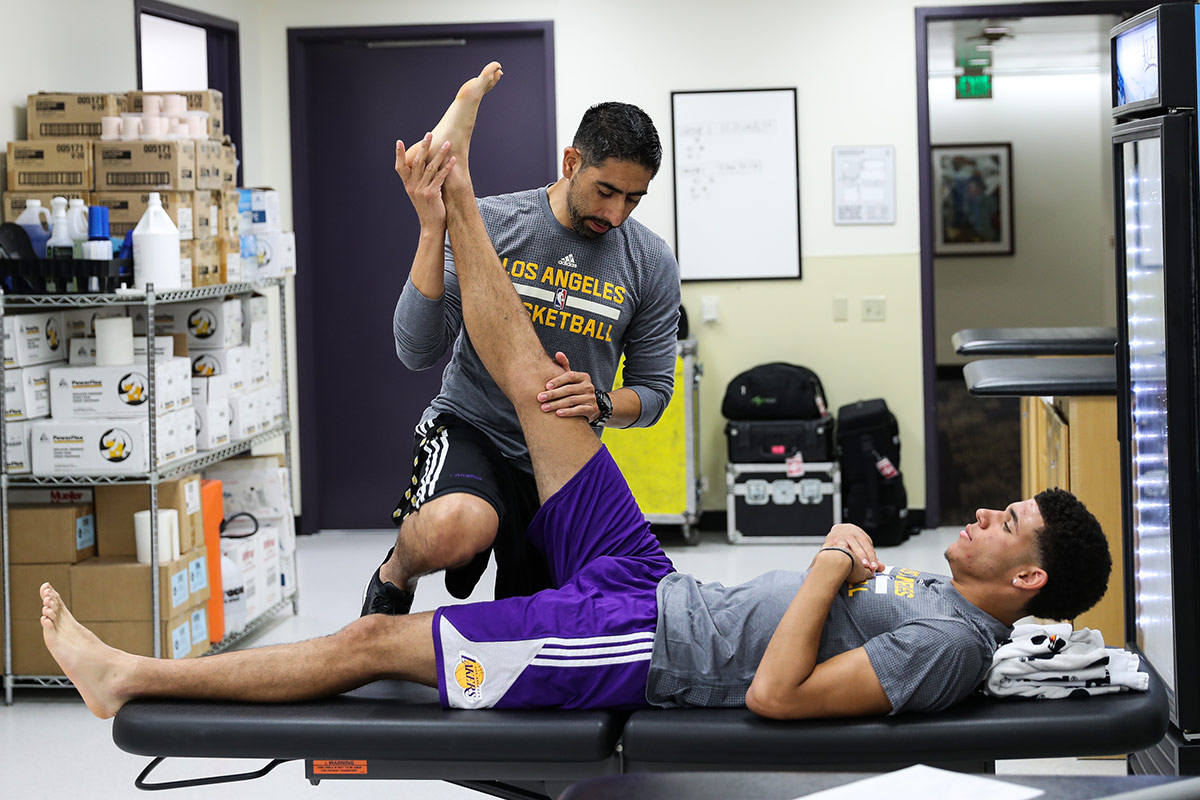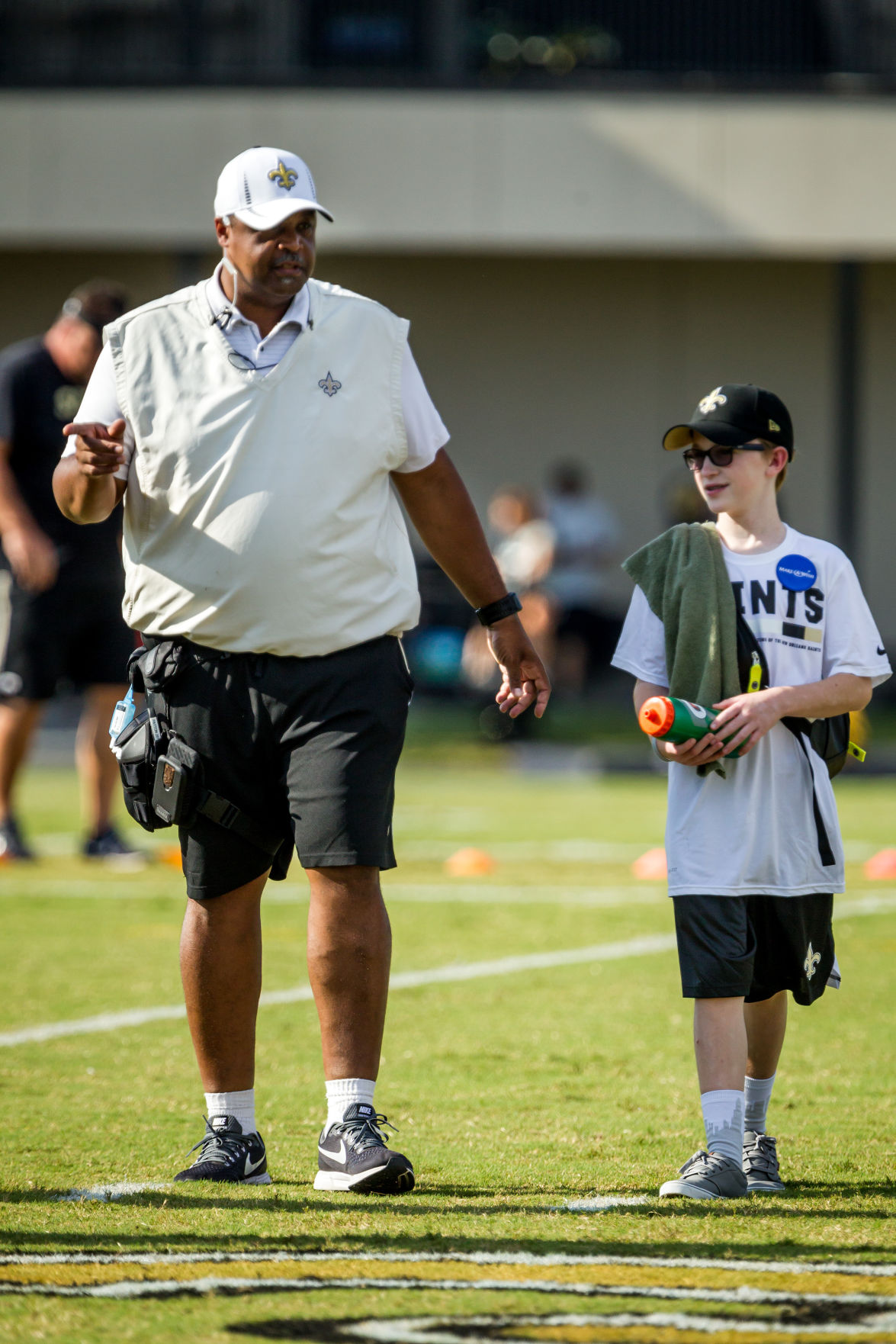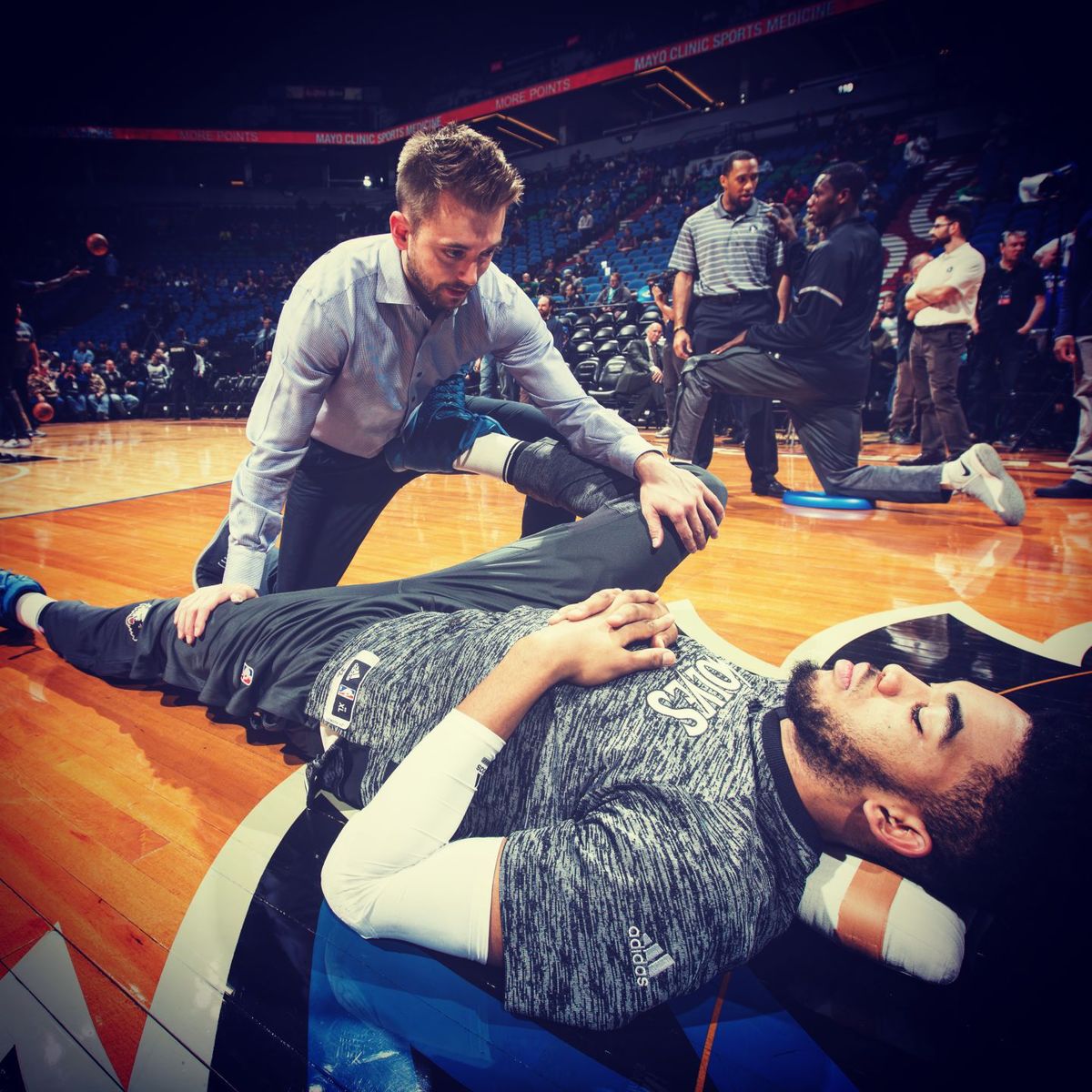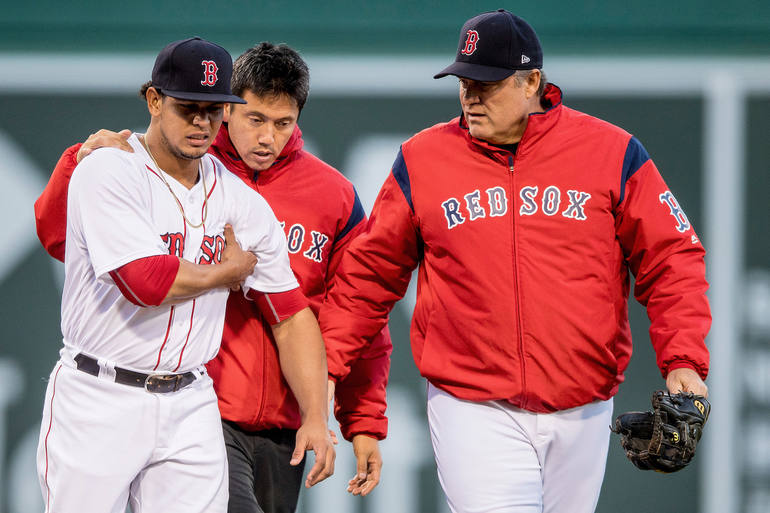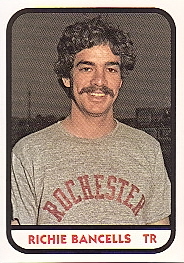
Article reposted from The Baltimore Sun
Author: Eduardo A. Encina
Orioles head athletic trainer Richie Bancells, who has been a staple in the organization for more than four decades and is one of the team’s longest-tenured employees, told the club Sunday that this season — his 30th in his current role — will be his last.
Bancells told Orioles manager Buck Showalter before the Orioles’ season finale against the Tampa Bay Rays on Sunday about his decision to retire.
“There’s not much more pertinent news than that from me today,” Showalter said. “A guy that has been such a fixture for us for so many years and made so many contributions for us. So many that people didn’t see, evaluations. Let’s face it, he was the trainer for Cal Ripken. The conversation starts and stops there for me.
“Seeing players come back and what Richie meant to them, the pureness of heart and how much he loves the Orioles. … It’s a loss for us. It’s like losing a really good player. It’s a loss for us. …”
“There were just a lot of great moments, whether it was postseason stuff,” Bancells said. “I’ve been fortunate enough to work with so many good, good players, some of them in the Hall [of Fame]. It’s just hard to pinpoint one or two things after all these years, but it’s just been a great time.”
Orioles Hall of Famer Cal Ripken Jr. credited Bancells for getting him through his record consecutive-games-played streak, thanking him during his acceptance speed in Cooperstown in 2007.
“He’s one of the most respected trainers in the business,” Orioles executive vice president of baseball operations Dan Duquette said “I’m sure he has some great war stories, but I want to thank him on behalf of the Orioles for his great work.
“There are a lot of players he’s helped over the years to be healthy and have great careers. He did it very professionally. He’s a great role model for young trainer coming into the big leagues and he grew as a professional over the course of his career. The Orioles owe a debt of thanks to Richie and we wish him all the best of luck.”
Over several generations, Bancells’ face was a recognizable face among Orioles fans as he would accompany the team’s manager to the field to attend to any injury concern.
“It makes you feel good,” Bancells said. “It does. It makes you know that they’re really true fans if they know who I am. And I actually have had the opportunity to help them. At times, they’ve asked me for advice and I’ve helped them with things and I’ve always enjoyed doing that. It touches you. It really does touch you.”
Bancells said he decided to retire to be able to spend more time with his wife of 39 years, Carol, his three children and seven young grandchildren.
“This has become pretty much a 24/7 year-round job,” Bancells said. “And that’s the thing, it’s realizing that you’re being dragged a little bit further from your family. And as I said, all of our kids are grown and they have spouses and I have seven beautiful grandchildren. I’m really anxious to spend time with them and do things and go places with my wife Carol that I haven’t had the chance to do.”
